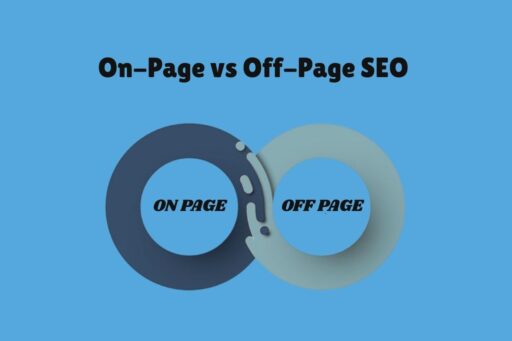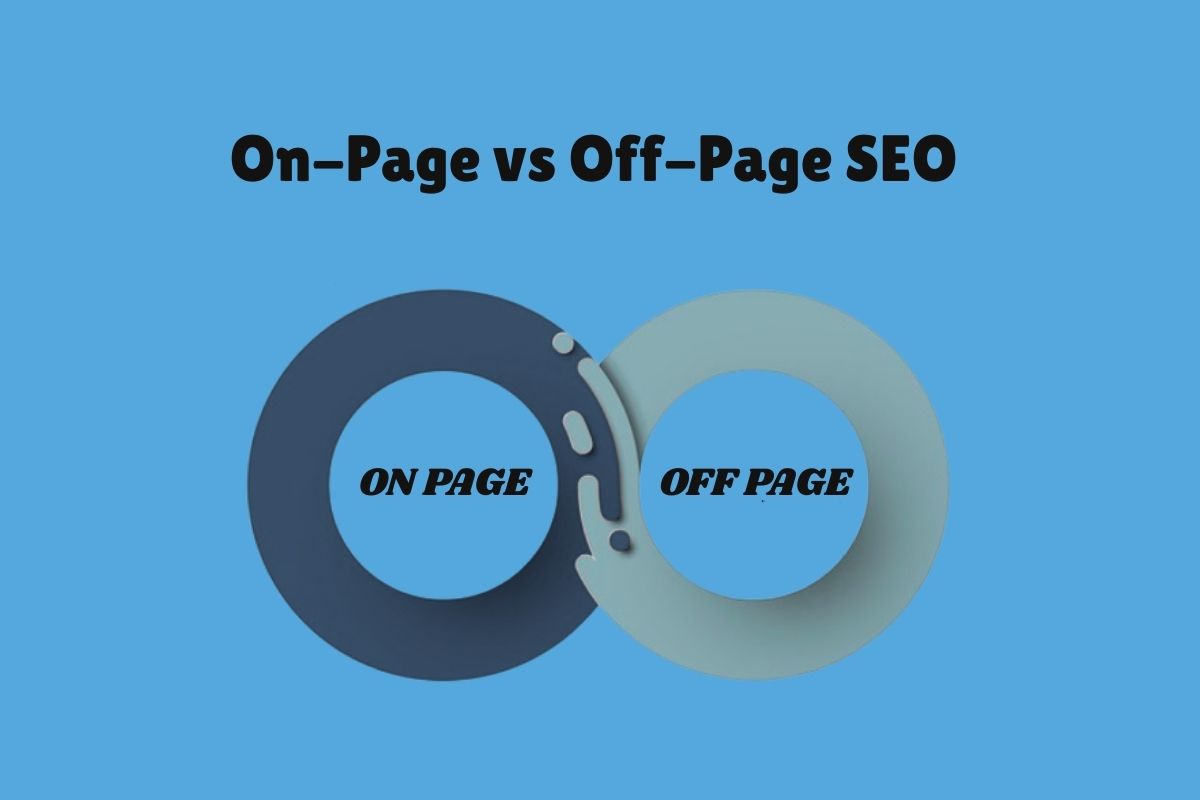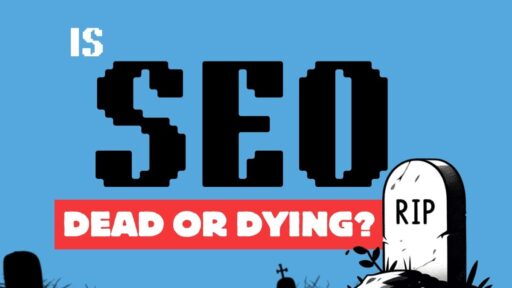If your website is at the top of search engine results, it’s a lot easier to get new customers. A solid SEO plan is the smartest move you can make. There are two main parts in SEO – on-page SEO and off-page SEO. On-page SEO is about making changes to your website that you can control.
Adding keywords, making pages better, and fixing speed. Off-page SEO? That’s about making your site look trusted, getting backlinks, and showing search engines that your website matters.
One makes your site easier to use while the other one makes sure people actually find it. This guide will help you to understand on-page vs off-page SEO, how they work, why they matter, and how to implement them the right way.
On-Page SEO
On-page SEO is everything you control on your website to improve rankings. Keywords, titles, HTML tags, and mobile optimization – these are key factors. If you can edit it, it’s on-page SEO.
But it’s not just for search engines. It’s for users too.
Google ranks websites that provide a great user experience. If your site is slow, hard to navigate, or unclear, visitors leave, and rankings drop.
The goal? Make your site fast, clear, and user-friendly. That’s how you win at SEO.
Factors that Impact On-Page SEO
1. Page Speed
Fast-loading pages rank higher. Google favors speed, and so do users. Slow sites lose visitors, and fewer pages get indexed. To improve the speed of your website, start with image optimization, JavaScript improvements, caching, and compression. The faster your site, the better your SEO.
2. Mobile Friendliness
Your site must work smoothly on mobile devices. A mobile-friendly site resizes properly, keeps navigation simple, and loads fast. Google prioritizes mobile experience, so responsive design and smooth usability are essential for ranking well.
3. Title Tags
Title tags (or page titles) tell search engines and users what a page is about. Google checks title tag keywords to decide if a page matches a search or not. Follow SEO best practices to make them clear, relevant, and engaging.
4. Meta Descriptions
Like title tags, meta descriptions summarize a page’s content. While Google considers them for relevance, their main job is to increase click-through rates. A well-written meta description makes users more likely to visit your site from search results.
5. Content Quality
Great content ranks higher. Google looks for:
- Usefulness: Does it help the user?
- Readability: Is it easy to follow?
- Uniqueness: Is it original?
- Relevance: Does it match the search?
If your website aligns with all these four, your content is on the right track.
6. HTML Headers
HTML headers (H1, H2, H3, etc.) organize your content. They make it easier for users to read and help search engines understand your page’s structure. A clear heading hierarchy improves both SEO and user experience.
7. Image Alt Text
Alt text is a short description inside an image’s HTML tag. It helps screen readers describe images to visually impaired users and appears when images fail to load. Search engines like Google use alt text to understand an image’s content and relevance to a search. Optimizing alt text is crucial for both image search rankings and traditional SEO.
8. Internal Linking
Linking to other pages on your site helps visitors find more relevant content. It also improves SEO by:
- Helping search engines discover new pages
- Giving context to linked pages through anchor text
- Keeping users engaged
Using internal links strategically strengthens your site’s overall structure and rankings.
9. Navigation
Navigation isn’t just about menus – it’s about making sure that users can access and read your content easily. Google ranks sites that work well for everyone, including users with disabilities or those on different browsers.
Good navigation improves user experience, accessibility, and SEO. If visitors struggle to use your site, search engines take note – and rankings drop.
Off-Page SEO
Off-page SEO is everything that happens outside your website to improve rankings. Backlinks, brand mentions, and social signals – all of these build authority. Google ranks websites that have strong credibility. If no one visits your site, search engines won’t see it as valuable.
So, earn high-quality links, build authority, and increase visibility. That’s how you grow with off-page SEO.
Factors that Impact Off-Page SEO
1. Backlinks
Links from other sites remain one of the most powerful ranking factors. Google values quality over quantity – spammy links can’t help. Focus on earning backlinks from authoritative, relevant websites to improve rankings.
2. Social Media
Social media doesn’t directly affect rankings, but it’s a powerful tool for visibility. The more people engage with your content, the more your brand spreads. Google indexes major social platforms, so regular posting helps you rank higher.
3. Unlinked Mentions
Not every mention of your brand includes a link – and that’s normal. Google sees mentions as trust signals, even without backlinks. They improve authority and can lead to new link-building opportunities.
4. Google My Business
A Google My Business (GMB) profile is essential for local SEO. It tells Google where you are located, what you do, and what your business hours are. GMB powers Google Maps and local search results, making it a must-have for businesses that rely on location-based traffic.
Conclusion
SEO isn’t about picking between on-page and off-page strategies. Both are essential – like an engine and wheels on a car. You need both to move forward.
Prioritize on-page SEO first. A well-optimized site maximizes the impact of backlinks, brand mentions, and external promotions.
At Zera Creative, we deliver expert SEO services. From technical optimization to strategic outreach, we help you achieve higher rankings, increased traffic, and sustainable growth. Higher rankings, more traffic, better results.
FAQs
1. Can I do SEO myself, or do I need an expert?
You can handle basic SEO like writing content, adding keywords, and building links. But technical SEO, site audits, and deep competitor research often need expert knowledge to get real results.
2. Does social media affect SEO rankings?
Social media doesn’t directly change rankings, but it helps. More shares, brand awareness, and engagement drive traffic, which can help in SEO in the long run.
3. How often should I update my website for SEO?
Google prioritizes fresh content. Regular updates like blog posts, page improvements, and technical fixes help maintain rankings and keep your site relevant.
4. What are the biggest SEO mistakes to avoid?
Overstuffing keywords, ignoring mobile friendliness, slow site speed, weak internal linking, and duplicate content. These can all hurt your rankings and user experience.
5. How do backlinks improve SEO?
Backlinks are like trust signals. Quality links from reputable sites improve credibility and rankings. But low-quality or spammy links can harm your website.







